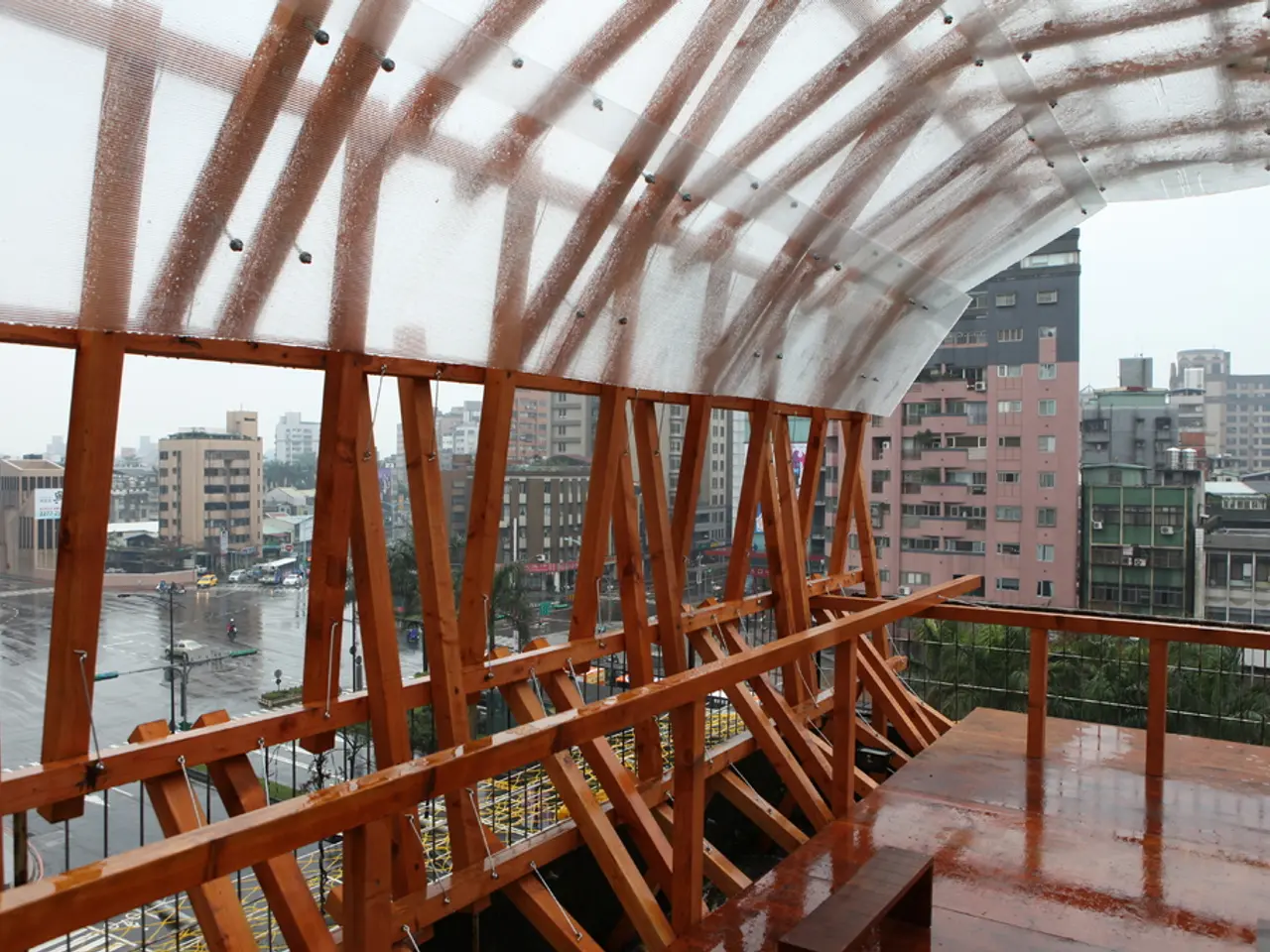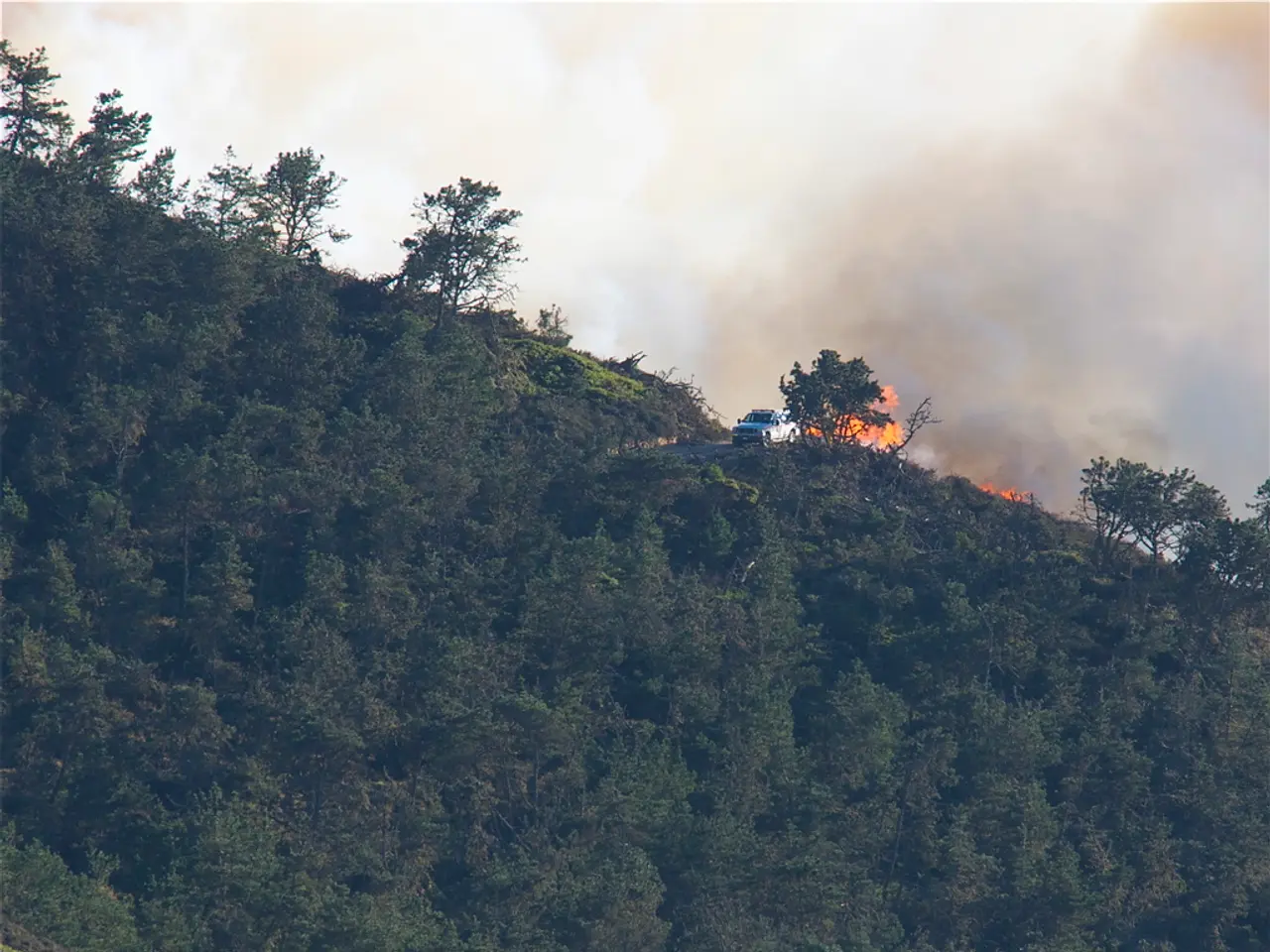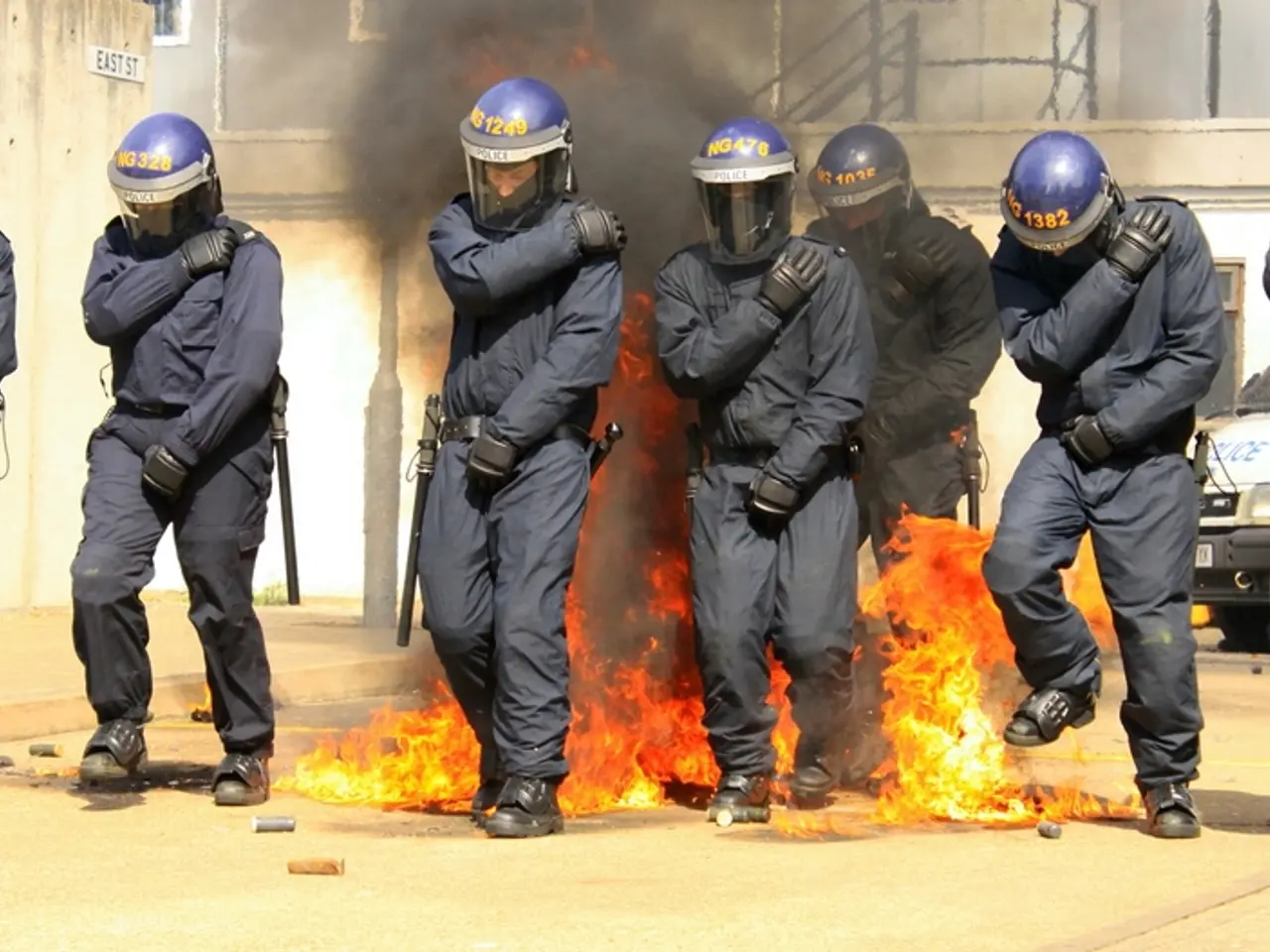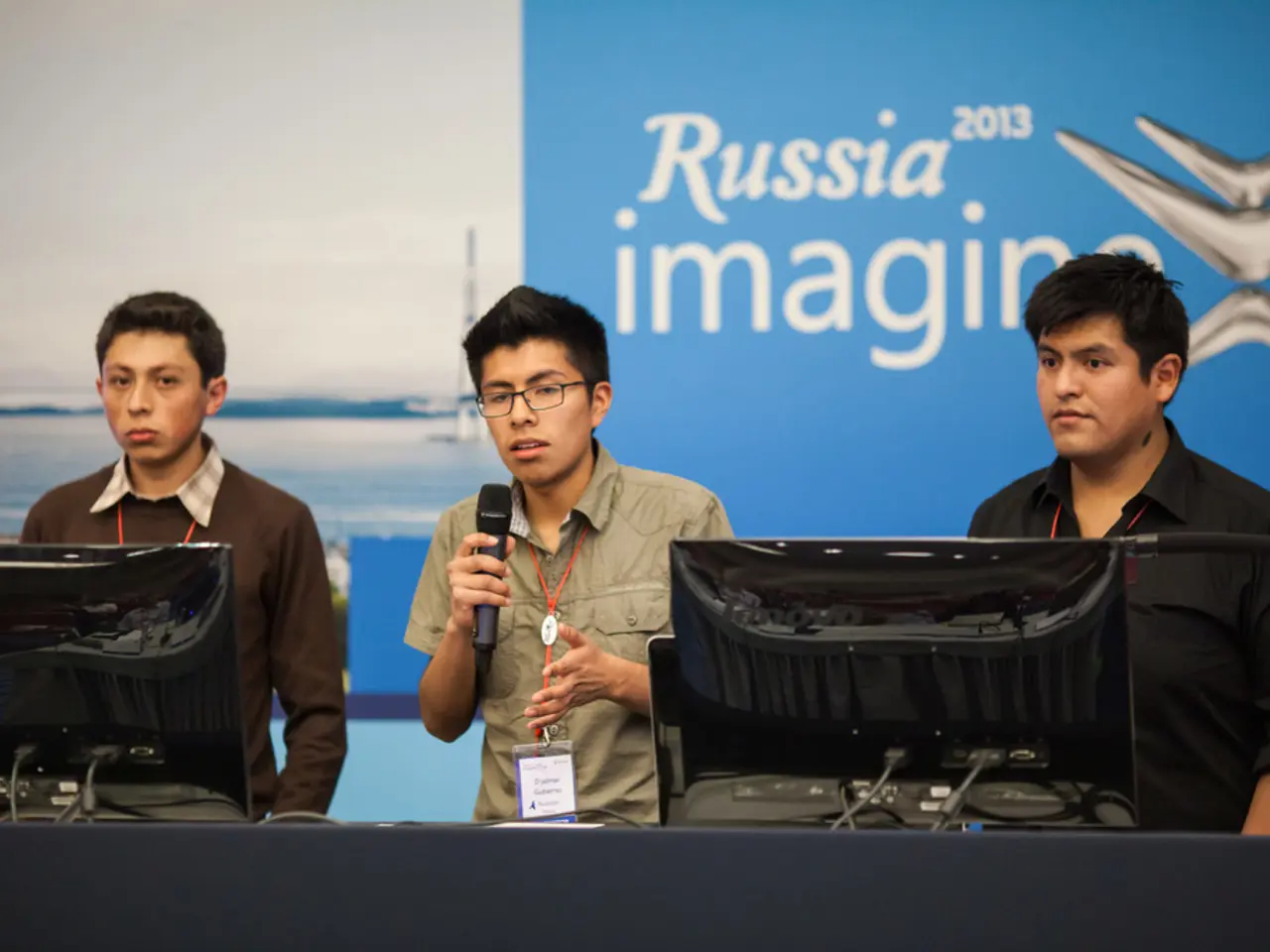Heavy rainfall and thunderous downpours anticipated in early August
On July 30th, 2025, the Russian Hydrometeorological Center reported an unusual heatwave affecting central, northwestern, southern regions, as well as the Far East. The exceptional high temperatures forecast for five Russian regions, including Moscow, Rostov-on-Don, Kaluga, and nearby areas, are primarily caused by a strong and persistent upper-level high-pressure system, commonly known as a heat dome, which traps warm air over the region.
This pattern follows a recent sequence of storms and is part of a wider heatwave affecting parts of Europe and Western Russia during the summer of 2025. The heatwave in Western Russia is linked to an amplified upper-level ridge in the jet stream, leading to stagnant, hot, and dry conditions under the ridge. Furthermore, this heatwave follows two days of powerful storms and hail in Moscow, showing weather volatility with a shift from storms to intense heat.
Climate change is also believed to have played a role in these extreme temperatures, as scientific assessments have estimated substantially increased heat-related mortality due to global warming.
The impacts of this heatwave are far-reaching and concerning. Records and warnings highlight dangerous heat, including overnight temperatures higher than usual, increasing risks of heat exhaustion and heat-related illness among vulnerable populations. In southern Russian regions such as Rostov and Krasnodar, temperatures above 40°C have already sparked wildfires, which can lead to loss of property, environmental damage, and air quality deterioration.
Power and city services have been placed on high alert due to the anticipated heat stressing infrastructure like electricity grids and water supplies. Persistent dryness and heat can exacerbate drought conditions, reducing soil moisture and threatening crops around the Black Sea region, which includes parts of southern Russia.
Looking at the forecast for Kemerovo on July 31st, temperatures between +14 and +16°C are predicted overnight, with brief rain. During the day, temperatures are expected to reach +27 to +29°C. On Saturday, August 2nd, winds are forecast to strengthen to 20 m/s.
As the heatwave continues, it is crucial for individuals and communities to take necessary precautions to stay safe and healthy. This includes staying indoors during the hottest parts of the day, drinking plenty of water, and checking on vulnerable neighbours and family members.
[1] Climate Central [2] The Washington Post [3] The Lancet
- The unusual heatwave affecting various regions of Russia, including the reports of high temperatures in cities like Moscow and Rostov-on-Don, is not only influenced by the heat dome and upper-level ridge in the jet stream but also linked to the broader issue of climate-change, as scientific assessments have estimated increased heat-related mortality due to global warming.
- In environmental-science circles, the heatwave in Russia, characterized by extreme temperatures, wildfires, and potential environmental damage, is gaining attention as another example of the far-reaching and concerning impacts of climate change, with researchers continually examining and analyzing data from sources like Climate Central, The Washington Post, and The Lancet.








